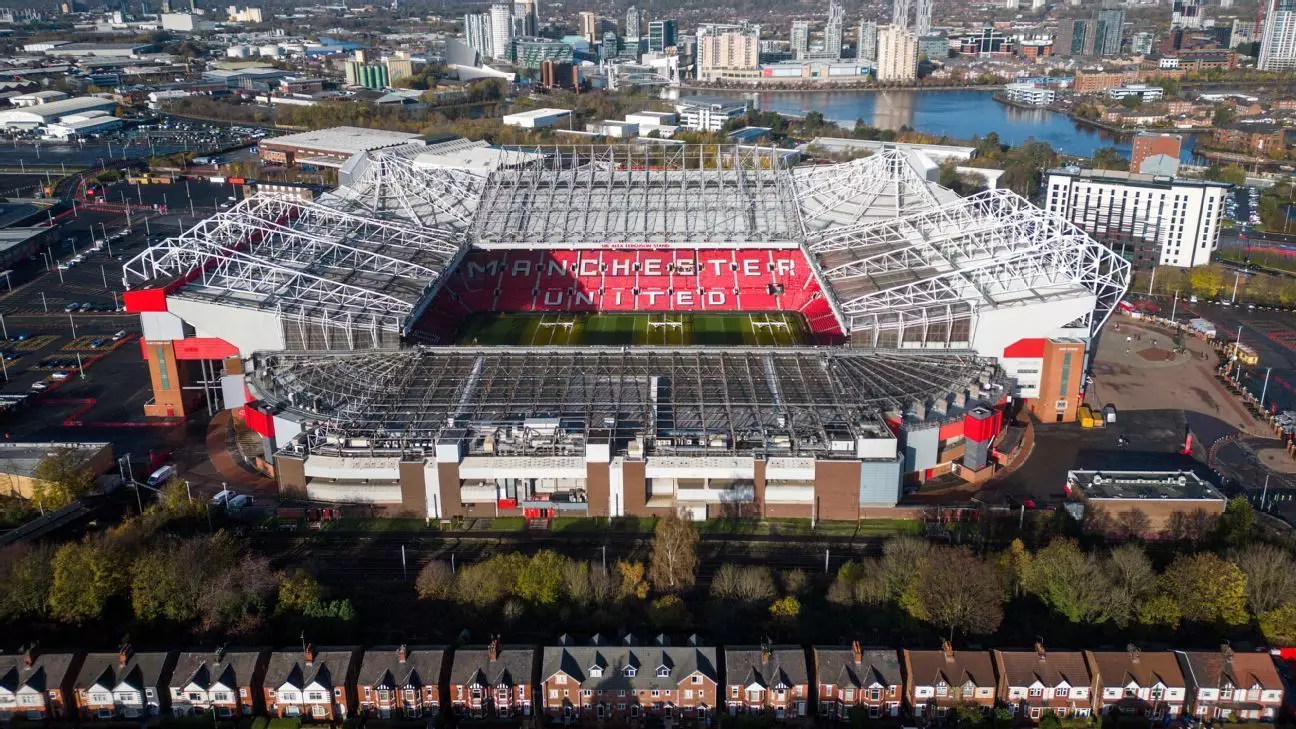Manchester United, a club steeped in history and tradition, is at a crossroads when it comes to the future of their iconic stadium, Old Trafford. The club, which has called Old Trafford home since 1910, is considering the possibility of building a new 100,000-capacity stadium rather than renovating the current one. However, sources have revealed that even if United decides to move on from Old Trafford, there is a plan in place to keep the historic stadium alive.
The proposed plan would involve reducing Old Trafford’s capacity from 76,000 to approximately 30,000. This downsized version of the stadium would continue to be utilized by the women’s and under-21 teams, who currently play most of their matches at Leigh Sports Village, located outside of Manchester. Despite the club’s potential move to a new location, United is keen on maintaining the legacy and heritage of Old Trafford. This includes preserving the statues, the Munich clock, and even the old players’ tunnel on the halfway line.
While co-owner Sir Jim Ratcliffe and the project task force, which includes prominent figures like Mayor of Manchester Andy Burnham and former club captain Gary Neville, favor the construction of a new stadium on adjacent land, there is a reluctance to completely demolish Old Trafford. Sources suggest that the two stadiums could potentially exist side by side on a campus-style site. This unique approach would allow the club to embrace the future while honoring its past.
Manchester United is expected to reach a final decision on the stadium project by the end of the year. The proposed timeline for the project spans over six years and is estimated to cost more than £2 billion ($2.5bn). As the club navigates this pivotal moment in its history, the balance between tradition and innovation remains a key consideration in shaping the future of one of the most storied football clubs in the world.

